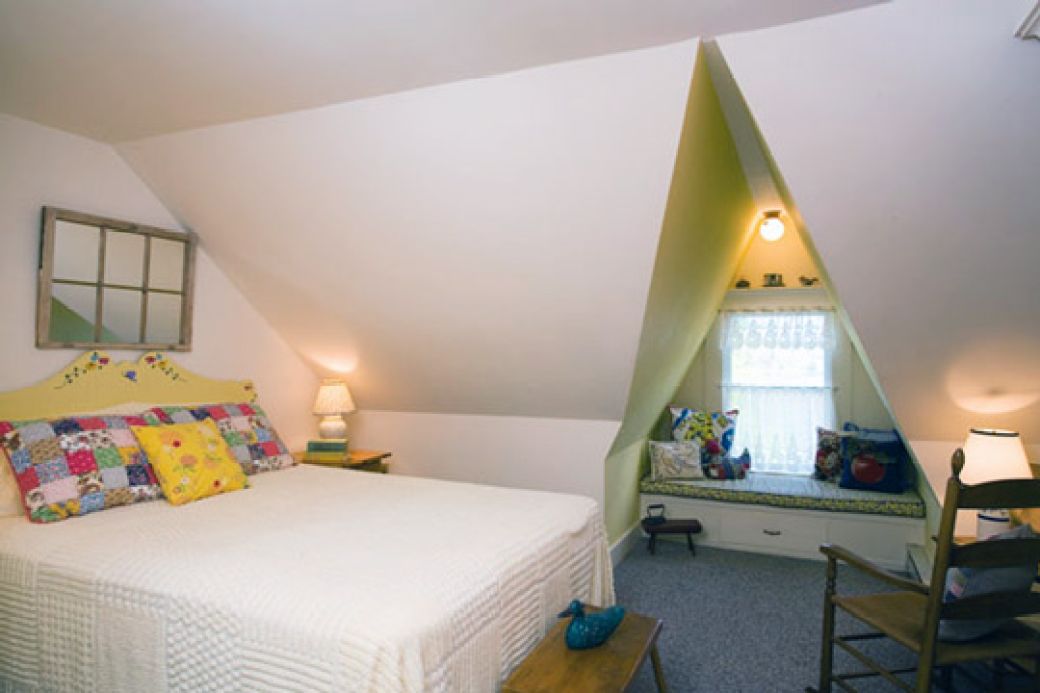Creating a bedroom from unused attic space is a great way to add living area without adding onto your house. After all, the structure for the walls, ceiling, and floor are already in place.
Although you'll get the living area you need, don't expect a big payback on your investment. According to "Remodeling Impact Report" from the NATIONAL ASSOCIATION OF REALTORS®, an attic bedroom remodel returns 75% of the original cost of construction.
Payback, however, is only part of the story. The overwhelming majority of homeowners who responded to the "Report" gave their attic conversion project a joy score of 10 — a rating based on those who said they were happy or satisfied with their remodeling, with 10 being the highest rating and one the lowest. And 100% said they had a greater desire to be at home since remodeling the upper level of their home.
Here’s how to make sure your new attic bedroom is a pleasant, quiet retreat with adequate storage, sound insulation, and safety equipment.
Soundproofing Your Attic Bedroom
Because attic bedrooms often are positioned above other bedrooms, you’ll need to “deaden” the sound between floors. Here are your options to quiet down a 15-foot-by-15-foot attic bedroom floor:
- Install carpeting with a thick foam pad. Cost: $750 for midrange carpet, pad, installation.
- Add an extra layer of subfloor to the attic before the carpet is installed. A 5/8-inch plywood subfloor helps block sound and provides additional stiffness that prevents floor framing from squeaking. For maximum stiffness, ask your contractor to apply construction adhesive between the subfloor layers. Cost: $300.
- Install sheets/rolls of noise-reducing cellulose, vinyl, or recycled rubber under your flooring. Cost: $1,100.
- Install unfaced fiberglass insulation between floor joists before the subfloor is installed. Bonus: The insulation thermally isolates your attic bedroom, preventing unwanted heat transfer. Cost: $100.
Related: Evaluate Your House for an Attic Bedroom Renovation
Attic Ideas for Creating Storage
Sloped ceilings make creating storage in attic bedrooms more difficult than in other parts of the house. You can pick up some storage space by installing built-in cabinetry in knee walls and by building a flip-top window seat under a dormer window.
Be sure to insulate any cabinet walls or shelf backs that abut unfinished attic space.
Provide a Safe Way Out
Residential codes require two ways out of any bedroom in case of an emergency. In a remodeled attic, you’ll need an escape ladder, which you can hide in a built-in window seat.
Ladders for a third-story window can cost $70 to $100; expect to pay $300 for ladders with their own cabinets. Be sure to tell guests where the ladder is hiding.
